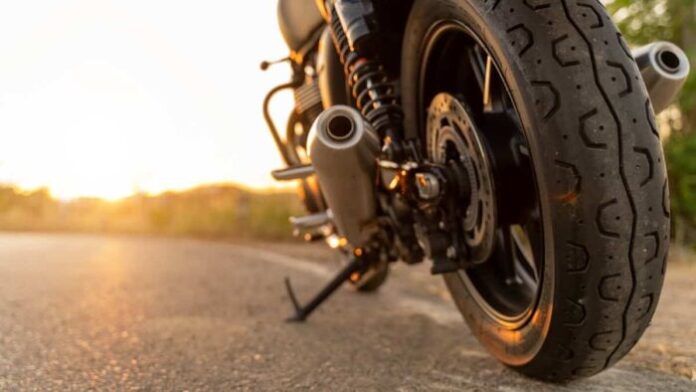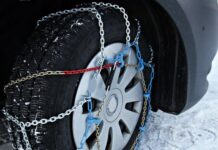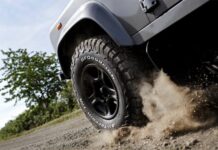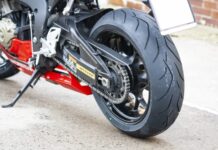Choosing the best motorcycle tires are a crucial part of your race strategy. Dirt bike tires account for a huge percentage of rotating mass, unsprung weight, energy transfer, and impact absorption.
A quality pair of tires will not only improve straight-line acceleration and traction. Still, they will drastically improve cornering and braking, provide improved bump absorption, and provide overall handling benefits of your machine.
If you’re confused about purchasing the right tires for your dirt bike, this technical tire guide is for you. Read on.
Price
Although cost does not always guarantee the best performance; however, higher-priced tires will often offer improved materials and reduced weight. If you’re just starting out, you can consider budget-tires as well.
Look for discount motorcycle tires which are on sale. While cheap motorcycle tires may not last as long, it is best to run fresh cheap tires instead of worn-out expensive ones. Every time you ride, the knobs on the tires are flexed/pulled/sheared and rounded.
Also, the motocross tires go through heat cycles during use. This alters the properties of rubber compound and casing. Rule of thumb is to change the rear tires every five races and the front tires every ten races.
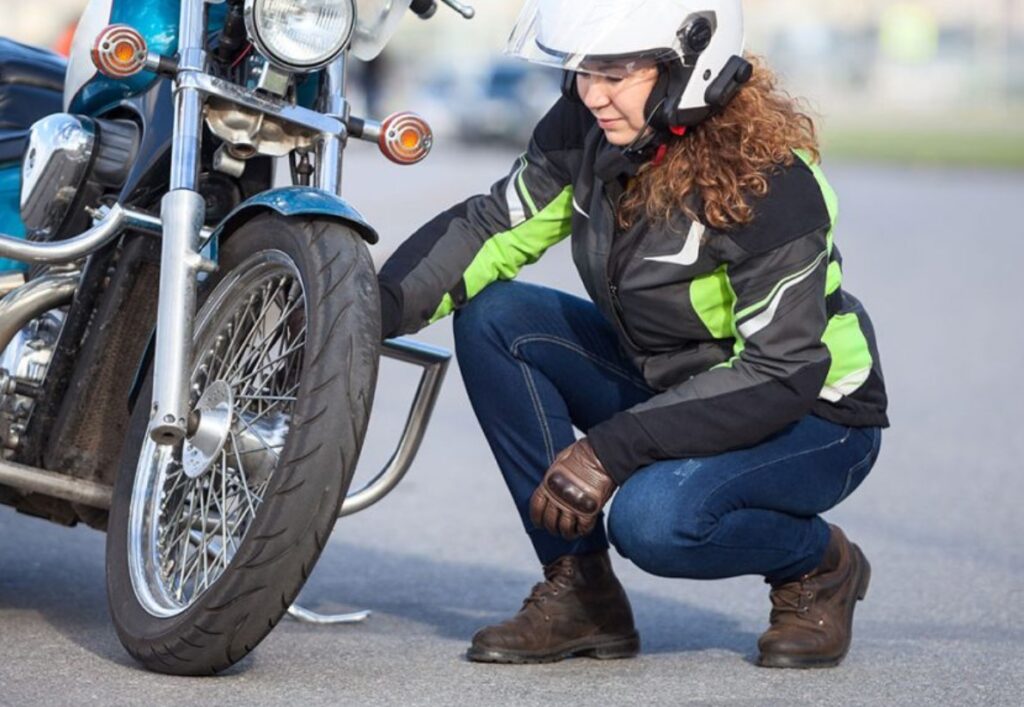
Design/Tread Pattern
There are many different tread patterns and compounds for dirt bike tires and ATV tires. Hard compound or durometer tires are well suited for soft terrains such as mud and sand. Soft compound tires are better suited for hard surfaces such as clay.
From an engineering standpoint, the harder durometer tires are designed to penetrate the terrain surface. However, softer compound motocross tires are designed to compress or conform to the terrain for the proper profile.
The best tread pattern for soft terrain conditions is motocross tires with tall knobs that are widely spaced. This allows the best cleaning action and prevents clogging in soft or muddy conditions.
The best pattern for hard-packed surfaces is tiring with tightly spaced, low profile knobs. This offers the greatest contact surface, however, prevents excessive knob flexing during use.
Materials/Durometer/Weight
Most full-size rear motorcycle tires weigh approximately 13 pounds, while some factory works tires weigh as little as 10 pounds. While 3-pound weight savings may not sound like much, this offers great advantages on the bike due to reduced unsprung weight and rotating mass, affecting suspension/handling and acceleration performance of the motocross bike. Obviously the lighter the tire, the better.
Many factory work tires use special plies made from expensive materials that are lighter and stronger than the standard production motorcycle tires which can be purchased. Typically, tires have super soft rubber compounds, in the range of 60 to 70 durometer, for better hardpack terrain adhesion.
These tires are often dual-compound and maybe 60 durometers down the centre, and 70 durometers on the sides for improved durability and cornering performance. There are also dual-compound tires that use two different rubber durometers at the top of the knob and at the base. However, a standard production soft tire will typically offer a rubber compound in the 70 to 80 durometer range for increased lifespan.
Motorcycle Rims Sizing
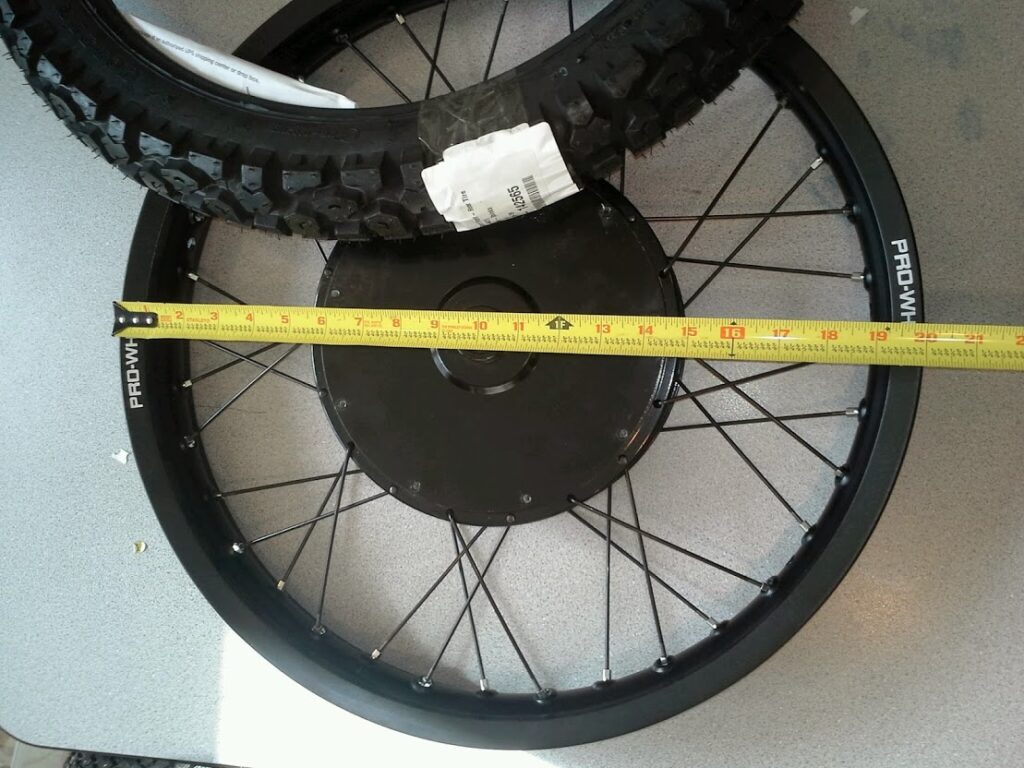
Motocross rims follow the “Tire & Rim Association Width Measurement Standards”. Nearly all 250 and 450 bikes use WM1 (1.60) and WM3 (2.15) rims respectively. A 125 or 250F typically uses a WM2 (1.85) rear rim. It is not uncommon for 450 or 250F riders to use wider rims to increase the contact patch for greater traction.
However, this approach has turning disadvantages as the tire will be more reluctant to roll over, acceleration will be reduced as it takes more power to turn, and wider rims will be more prone to denting.
However, not all rims are the same, and custom motorcycle wheels are trendy amongst riders and racers. Rotating unsprung mass is very detrimental to horsepower. Some custom motorcycle rims can save as much as 1/2 pound in this area.
Motorcycle Tire Pressure
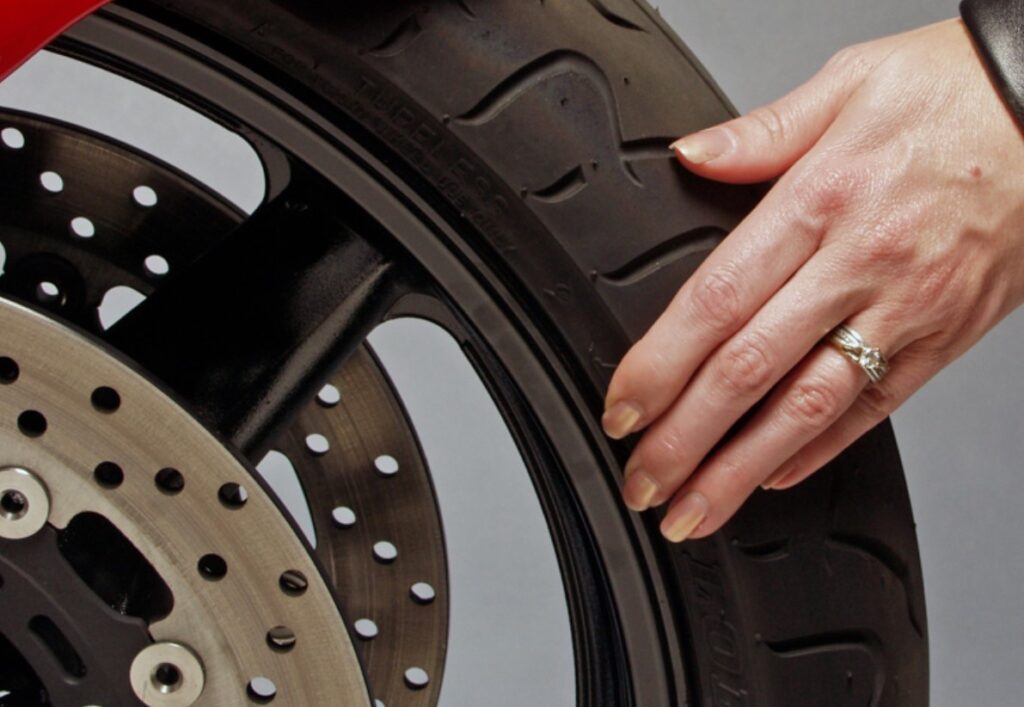
Motocross success depends upon getting the spot-on tire pressure of the motorcycle for the given track conditions. You simply cannot afford to be off by a pound or two. Not only is there a drastic performance benefit to the correct motorcycle tire pressure, but tire life will be extended if you run the correct tire pressure for the conditions.
How do you know what the correct motorcycle tire pressure is for your machine and riding conditions? The proper way to evaluate that is to evaluate the amount of “Rim Clean”. Rim Clean is the amount the sidewall of the tire rolls over the edge of the rim, as the motorcycle is being ridden. As the dirt bike tires flex, the sidewalls actually scrape the very top of the rim edge clean.
Experts design motocross tires for an average rim clean of 3 to 5 mm. Keep in mind there is a balance between tire pressure and casing structure. Different makes/models of tires will require different air pressures to achieve optimum traction, feel and rim clean.
Take note of how much rim clean you have at different motorcycle tire pressures and compare to how the motocross tires perform. Once you learn the connection, you can fine-tune your tires’ performance for practically any track condition.
Three Main Signs To Evaluating Tire Pressure and Performance
High Tire Pressure
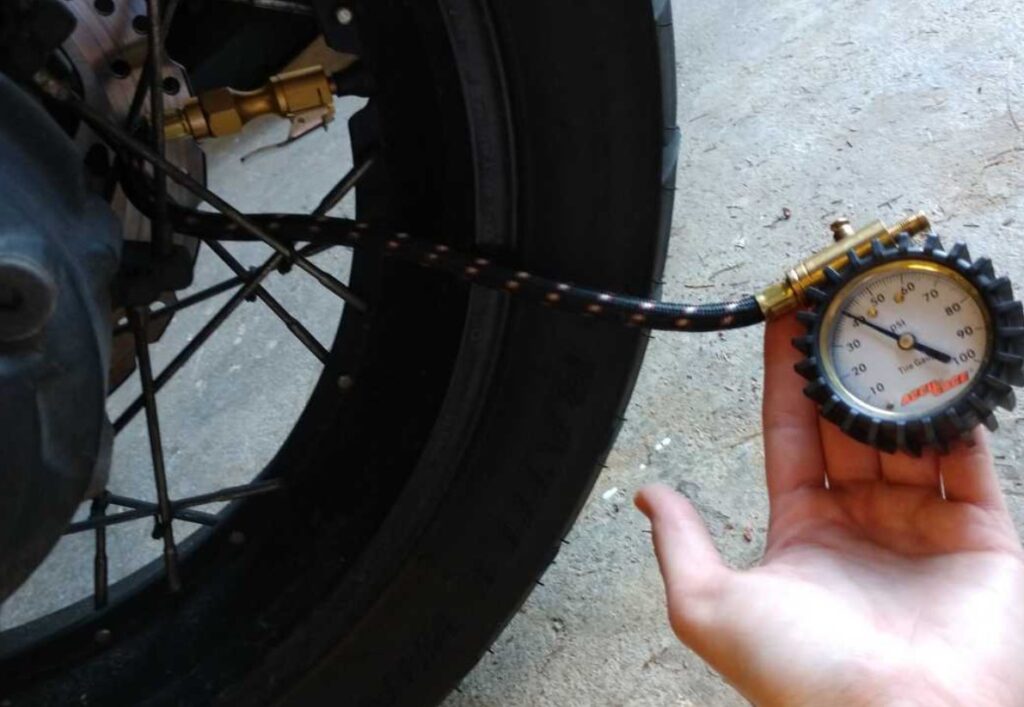
Too much air in the tires will show up as a lack of grip, excessive rear wheel spin, a front tire which won’t stick in turns or deflects excessively over braking bumps. If the pressure is excessively high, there will be no rim clean.
Low Tire Pressure
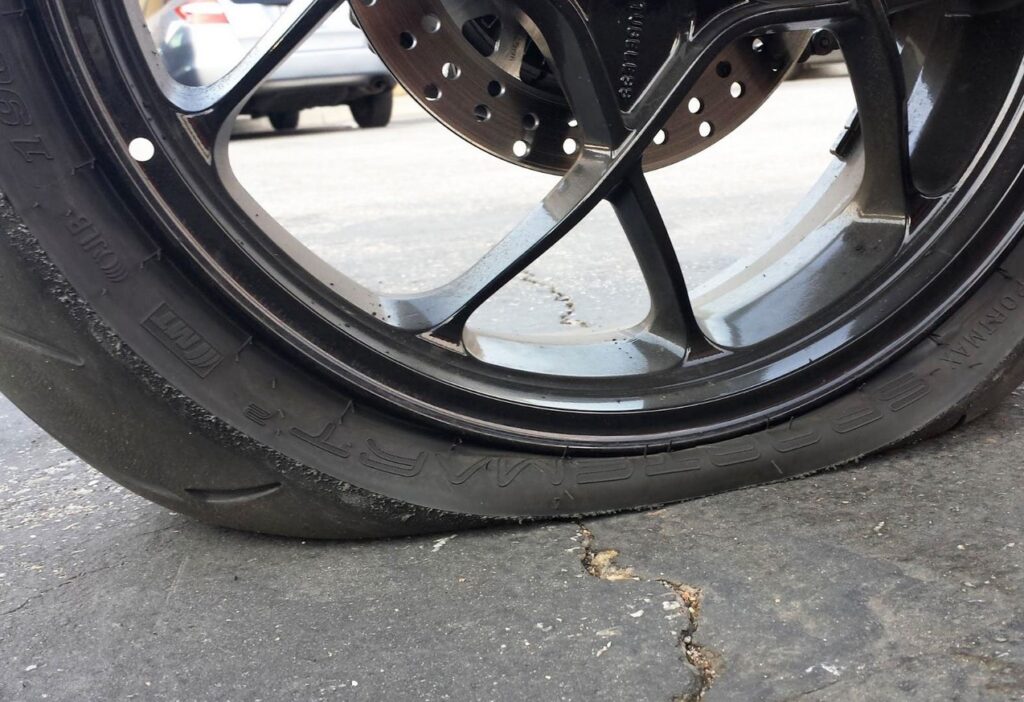
A bike with little tire pressure will wallow through the bumps, and the front tire will not stick in turns due to knob roll-over. If the tire pressure is excessively low, there will be more than 5mm of rim clean.
Another suggestion is to buy the best tire gauge you can afford, preferably one capable of measuring accurately & repeatedly to 1/4 psi increments. The average rider will be very surprised by the big difference a motorcycle feels and handles by slightly altering the front/rear tire pressures to suit the riding conditions.
Keep in mind the motocross tire pressure will increase with use due to heat. Soft rubber compound tires will be more susceptible to this effect, and tire pressures can increase as much as 4psi in a long moto. It is common for racers to drop the tire pressure by one or two pounds to reach a compromise over most races.
Inner Tubes
Inner tubes play a crucial role in the feel and performance of the motocross tire. For a motorcycle manufacturer, the inner tubes are an easy place to save weight/money, and most stock bikes are sold with thin/cheap tubes.
While at first, this may appear to be a good area to reduce rotating mass/unsprung weight, almost every factory rider chooses to run heavy-duty tubes (or mousses) to prevent flats.
Rule of thumb is to use heavy-duty tubes on all bikes except minis, and 125 racer competitively in motocross. The heavy-duty tubes pose an additional drag on such small engines.
Final Word
A lot of things need to be checked before purchasing your dirt bike’s tire. Make sure you take cues from this article and buy high-quality tires from reputed companies like MXStore.

